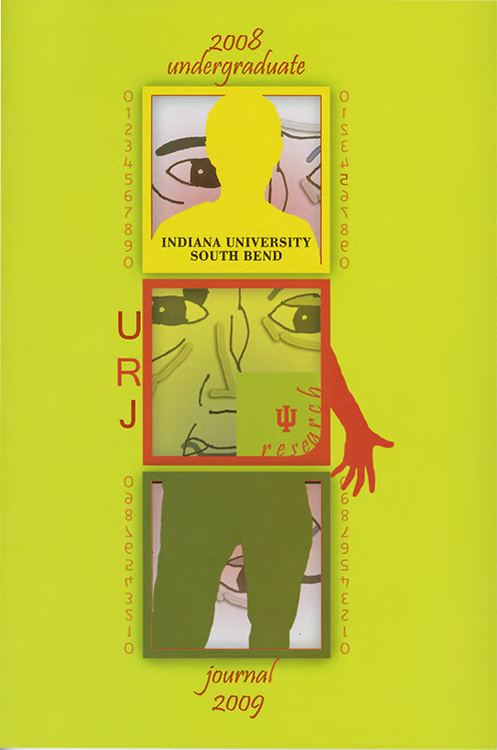Modular Forms as Clues to the Emergence of Spacetime in String Theory
Main Article Content
Abstract
In order to be consistent as a quantum theory, string theory requires our universe to have extra dimensions. The extra dimensions form a particular type of geometry, called Calabi-Yau manifolds. A fundamental open question in string theory over the past two decades has been the problem of establishing a direct relation between the physics on the worldsheet and the structure of spacetime. The strategy used in our work is to use methods from arithmetic geometry to find a link between the geometry of spacetime and the physical theory on the string worldsheet . The approach involves identifying modular forms that arise from the Omega motives with modular forms derived from the underlying conformal field theory. The aim of this article is to first give a motivation and explanation of string theory to a general audience. Next, we briefly provide some of the mathematics needed up to modular forms, so that one has the tools to find a string theoretic interpretation of modular forms derived from K3 surfaces of Brieskorm-Pham type. The problem involves the calculation of number theoretic constructions called Jacobi sums, and the use these to construct the Omega-motivic L-function and q-expansion. Then, one must determine whether the q-expansion can be factored into Hecke-indefinite modular forms that arise from the worldsheet.
Downloads
Download data is not yet available.
Article Details
Section
Articles
IUSB Student Journal Copyright Agreement
☐ I declare that this submission is my original work, and that it does not, to the best of my knowledge, infringe upon anyone's copyright.
☐ I agree that that [the journal] may, without changing the content, translate the submission to any medium or format for the purpose of preservation.
☐ The Undergraduate Research Journal may keep copies of my submission, and to translate it to any medium for future reproduction and distribution. I understand that I have the right to request that my submission be removed from IUSB online sources at any time by emailing Stephen Finlay, IUSB ScholarWorks administrator, at scfinlay@iusb.edu. Once I have made the request, the item in question will be taken down immediately.
